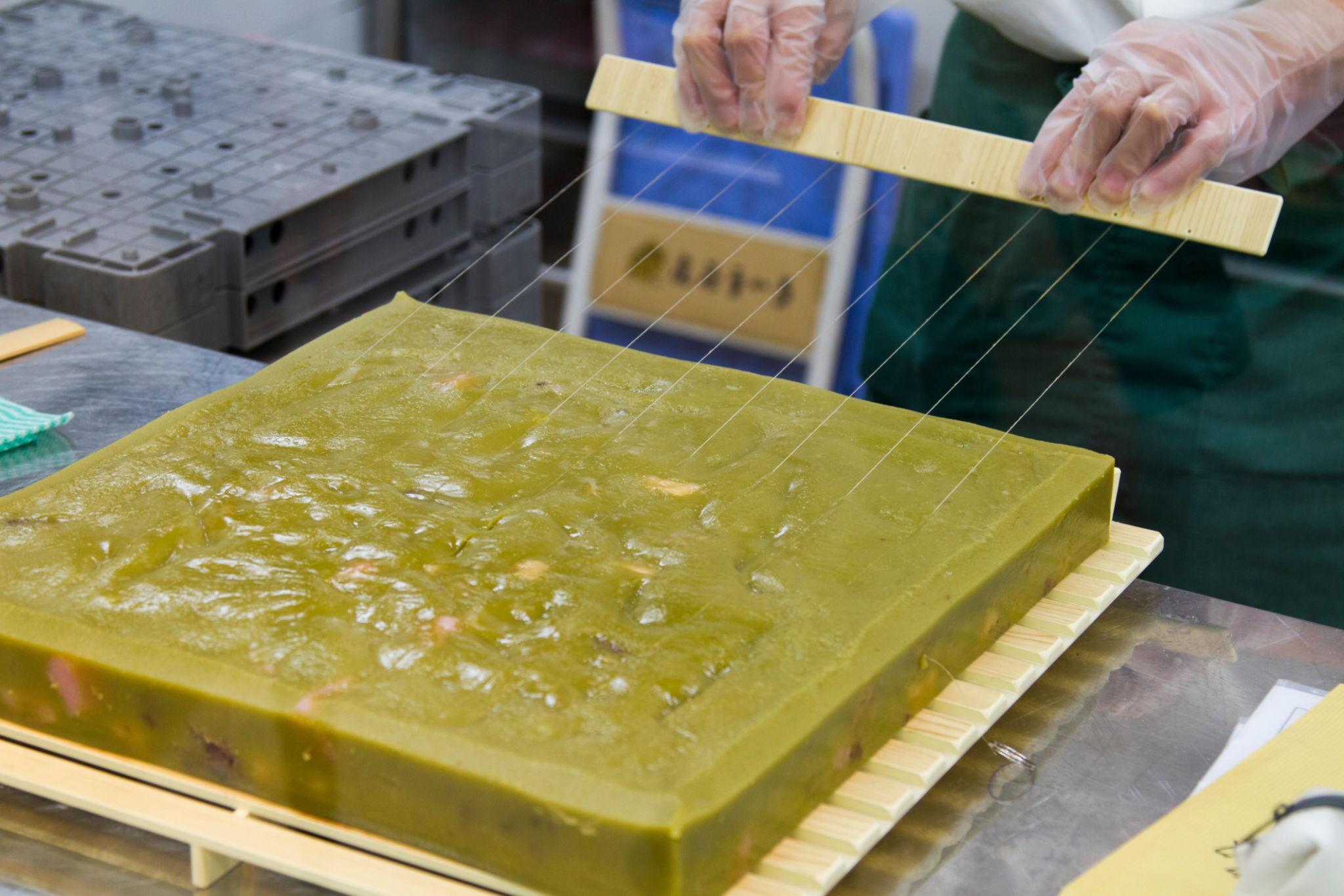Advanced Plating Technologies: A Comprehensive Guide
Introduction to Advanced Plating Technologies
Advanced plating technologies have revolutionized the manufacturing and engineering industries, providing enhanced durability, corrosion resistance, and aesthetic appeal to various products. These technologies involve the application of a metallic coating on substrates, significantly improving their performance and lifespan. From aerospace components to consumer electronics, advanced plating plays a crucial role in enhancing product quality.
The evolution of plating processes over the years has led to the development of various techniques, each catering to specific needs and applications. Understanding these processes is essential for industries aiming to leverage their benefits fully.

Types of Advanced Plating Technologies
Electroplating
Electroplating is one of the most common advanced plating techniques. It involves the use of an electric current to reduce dissolved metal cations, forming a coherent metal coating on an electrode. This method is widely used for its versatility and efficiency, allowing for precise control over the thickness and composition of the coating.
Electroless Plating
Unlike electroplating, electroless plating does not require an external power source. Instead, it relies on an autocatalytic chemical reaction to deposit a metal layer onto a substrate. This technique is particularly beneficial for plating non-conductive materials and complex geometries where uniform coating is necessary.

Applications of Advanced Plating
Advanced plating technologies find applications across various industries. In the electronics industry, for example, they are used to enhance the conductivity and solderability of circuit boards. The automotive industry utilizes these technologies for corrosion resistance and aesthetic finishes on vehicle parts.
The aerospace sector benefits significantly from advanced plating by improving the wear resistance and performance of critical components. Medical devices also employ these technologies to ensure biocompatibility and longevity.
Environmental Considerations
While advanced plating technologies offer numerous benefits, they also pose environmental challenges. The process often involves hazardous chemicals that require careful handling and disposal. Industries are increasingly adopting eco-friendly practices, such as using less toxic materials and implementing waste recycling systems to minimize their environmental impact.

Future Trends in Plating Technologies
The future of advanced plating technologies looks promising, with continuous innovations aimed at enhancing efficiency and sustainability. Nanotechnology is expected to play a significant role, allowing for coatings with superior properties at a molecular level. Additionally, researchers are exploring new materials and methods to reduce energy consumption and environmental footprint.
As industries continue to demand more from their products, advanced plating technologies will evolve to meet these needs, offering even more robust solutions across various applications.
